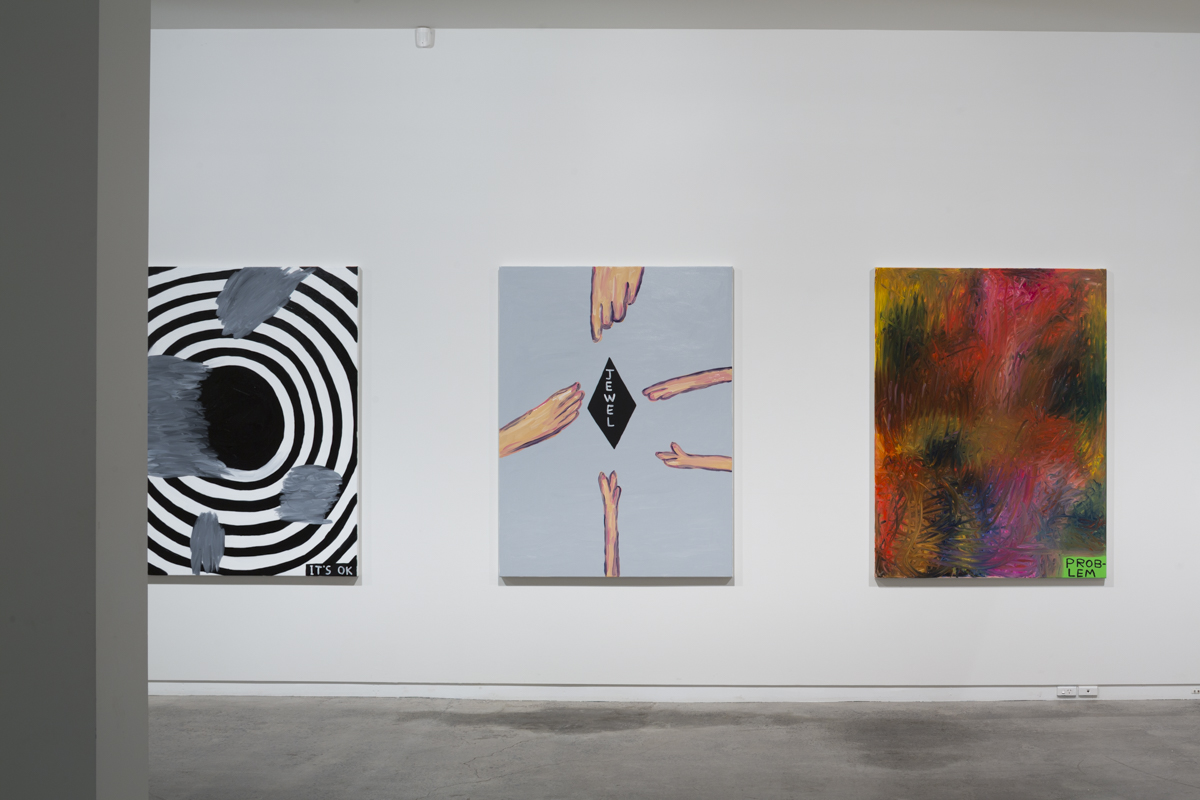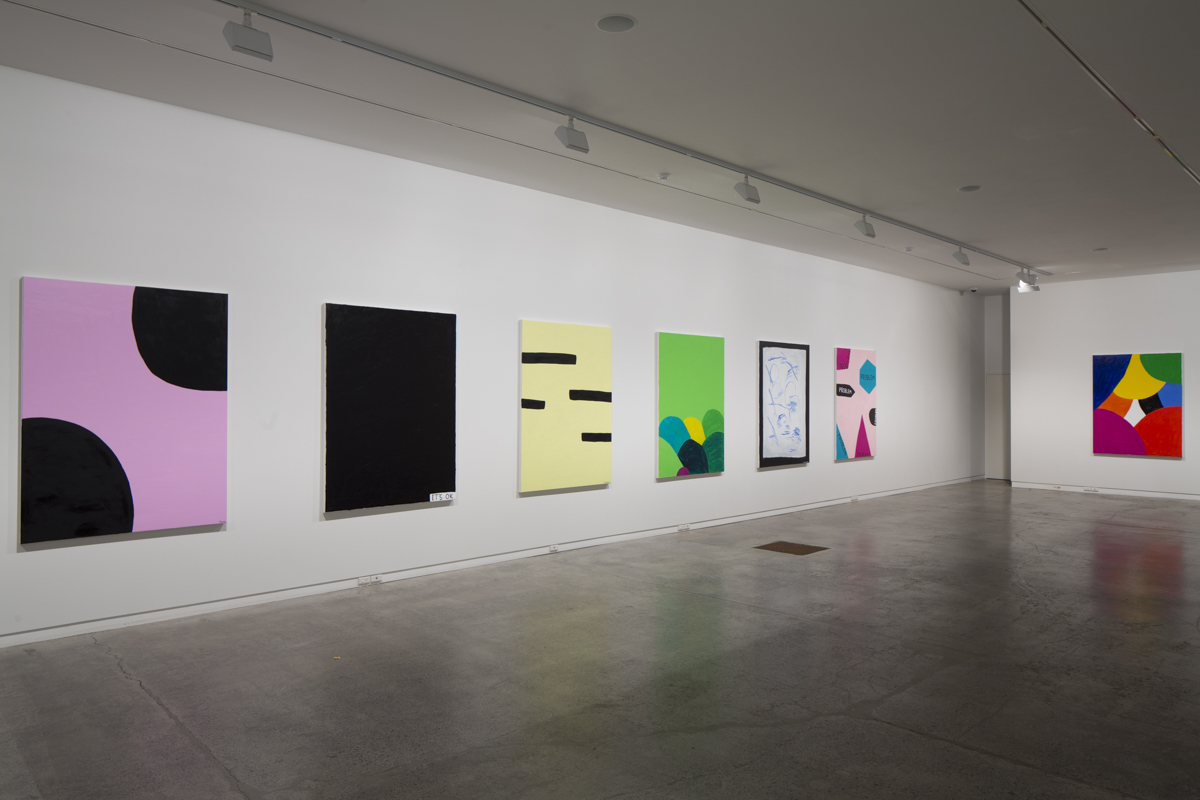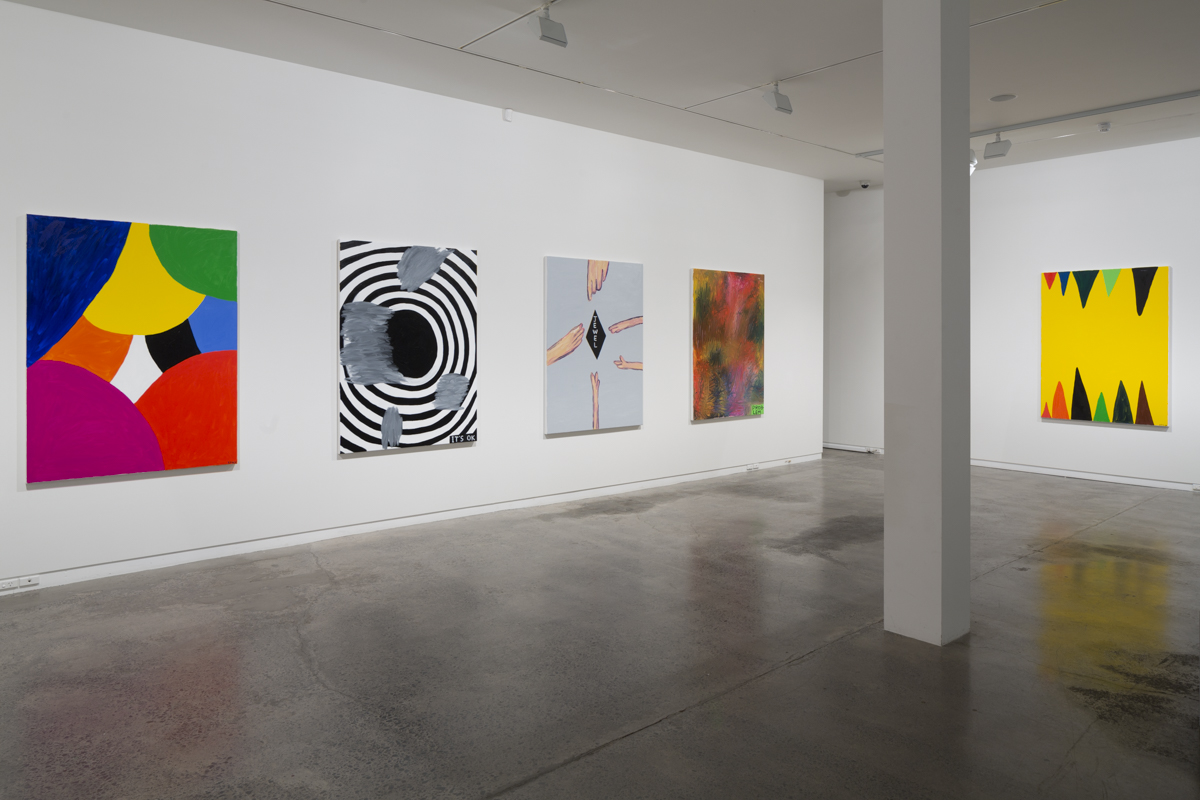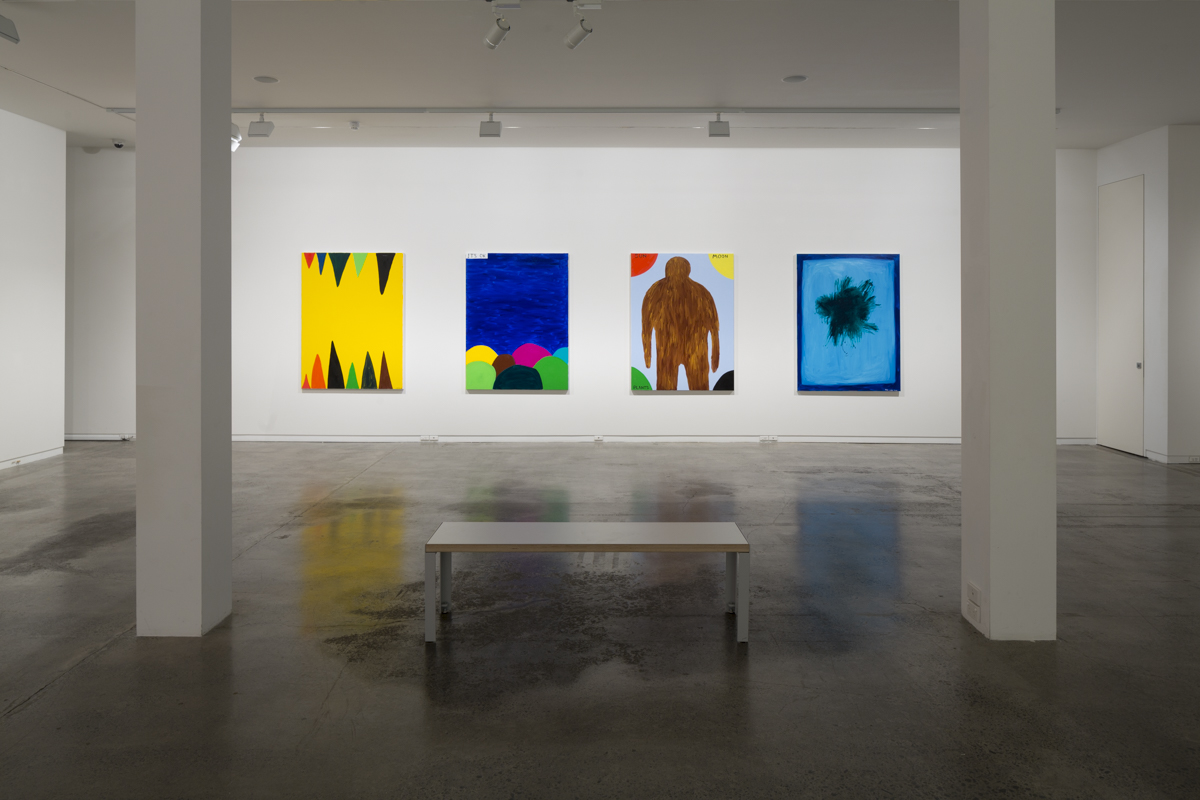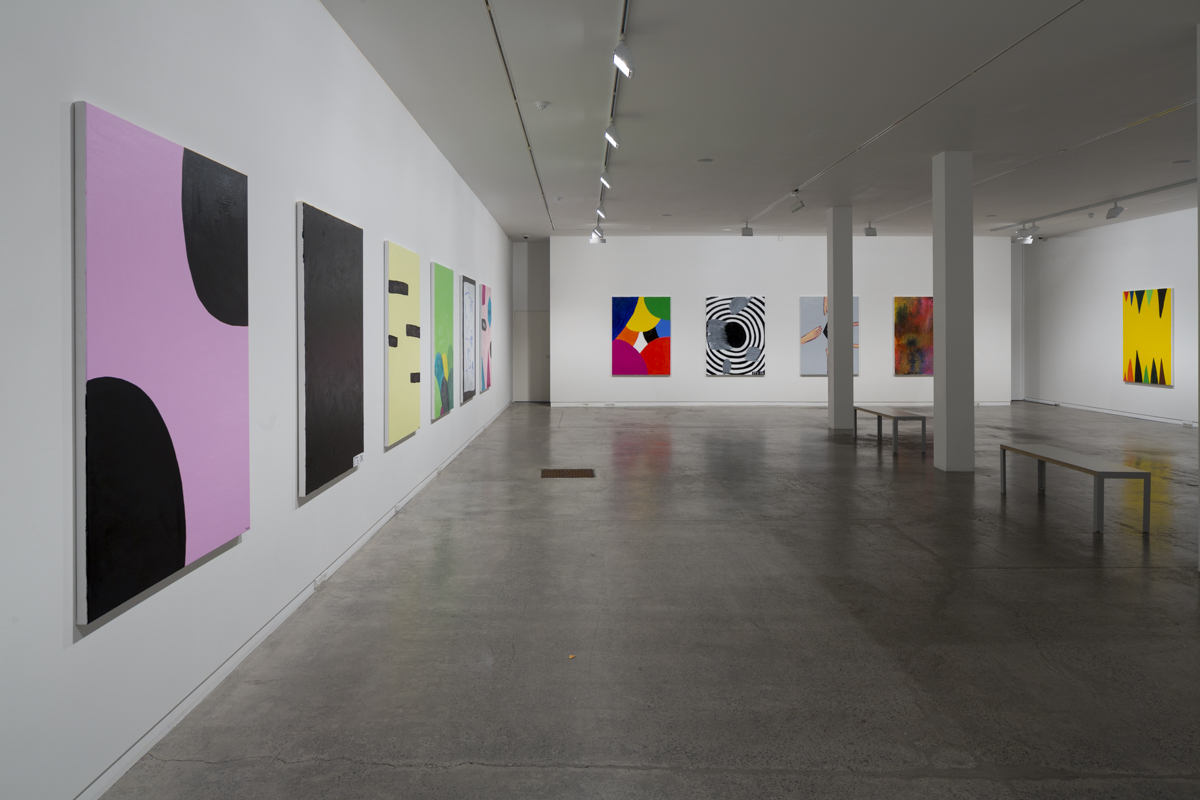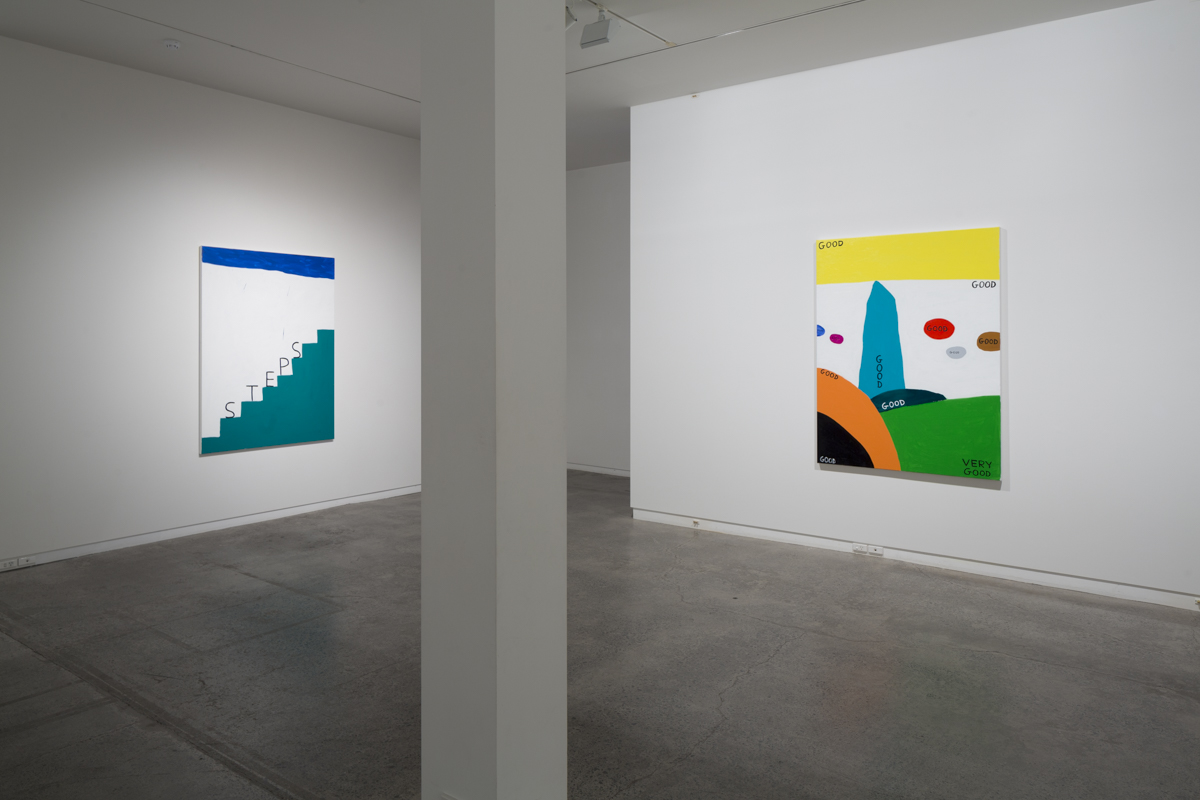David Shrigley
Oil Paintings
6 March - 18 April 2015
Residency: 6 March–18 April 2015
Like a great skeptical underground project, British artist David Shrigley’s conceptual, ideas-based art is a never-ending stream of curious propositions and eccentric moral dilemmas. Most aspects of life have the potential to be ‘ridiculous, absurd, awkward, funny and meaningless all at once,’ Shrigley says, and with acerbic humour and strangely profound insights, he lays bare the ambiguities, comedy and pathos of everyday life.
Shrigley has consistently experimented with different media and formats, although drawing has been the mainstay of his practice. His new project – a series of sixteen paintings – is a different proposition from the economy and eloquence of his unique, funny drawings on paper, with their pared-down crude graphic forms and sputtering script, seventy-five per cent of which he relentlessly edits and discards.
For Shrigley the interesting aspect of his 2015 residency at Two Rooms in Auckland was the opportunity to use the substantial studio environment to paint in oils directly onto stretched canvas – for the first time since he graduated from the Glasgow School of Art in 1991. ‘Sixteen paintings in sixteen days’ was the risky and challenging project he set himself, with the compositional possibilities of responding to different materials in a different time, place and context. Oil paint takes a long time to dry so, unlike his intuitive process of drawing spontaneously with acrylic paint on paper, Shrigley had time to make decisions, to finesse the image.
He had a few rules: applying the paint from the tube directly to the canvas, no mixing of colour. And no editing, no censoring – all sixteen canvases are included in the exhibition regardless. Playing off the contrast produced by the seductive qualities of thickly applied paint, intense saturated colour combinations and bold simplified forms, Shrigley’s blazing surfaces are striking in their freshness and sense of raw visual energy. The canvases lined the studio walls, side by side, in a linear fashion – like an installation. It was a new experience for Shrigley in which ‘the process of making these works was like a crossword puzzle, with text stating the point of the beginning and the end – one work needed to fit with the other for the work to be complete.’
For a long time Shrigley has mined the slippage of meaning between text and image in his work. These new paintings hover between figuration and abstraction: the minimalistic text on most works is more ambiguous, like a signature placed on the picture plane. The text reads like self-affirmation and links the works – ‘it’s ok’, ‘good’, ‘very good’, ‘you like this’ – as if the artist is hinting at some anxiety about the outcome.
To make an exhibition of finished artwork in tight time constraints, Shrigley concentrated on the painting process and not the end result. ‘The project is what it is in that period of time. Normally during the process something happens that I wasn’t expecting, it’s like squeezing something out of yourself,’ he says Shrigley. ‘I guess I just want to surprise myself and say something that I’m not really quite sure where it came from, and it sort of makes sense and has a kind of profundity to it. Sometimes it happens, sometimes it doesn’t – but that’s life.’
– Paula Savage
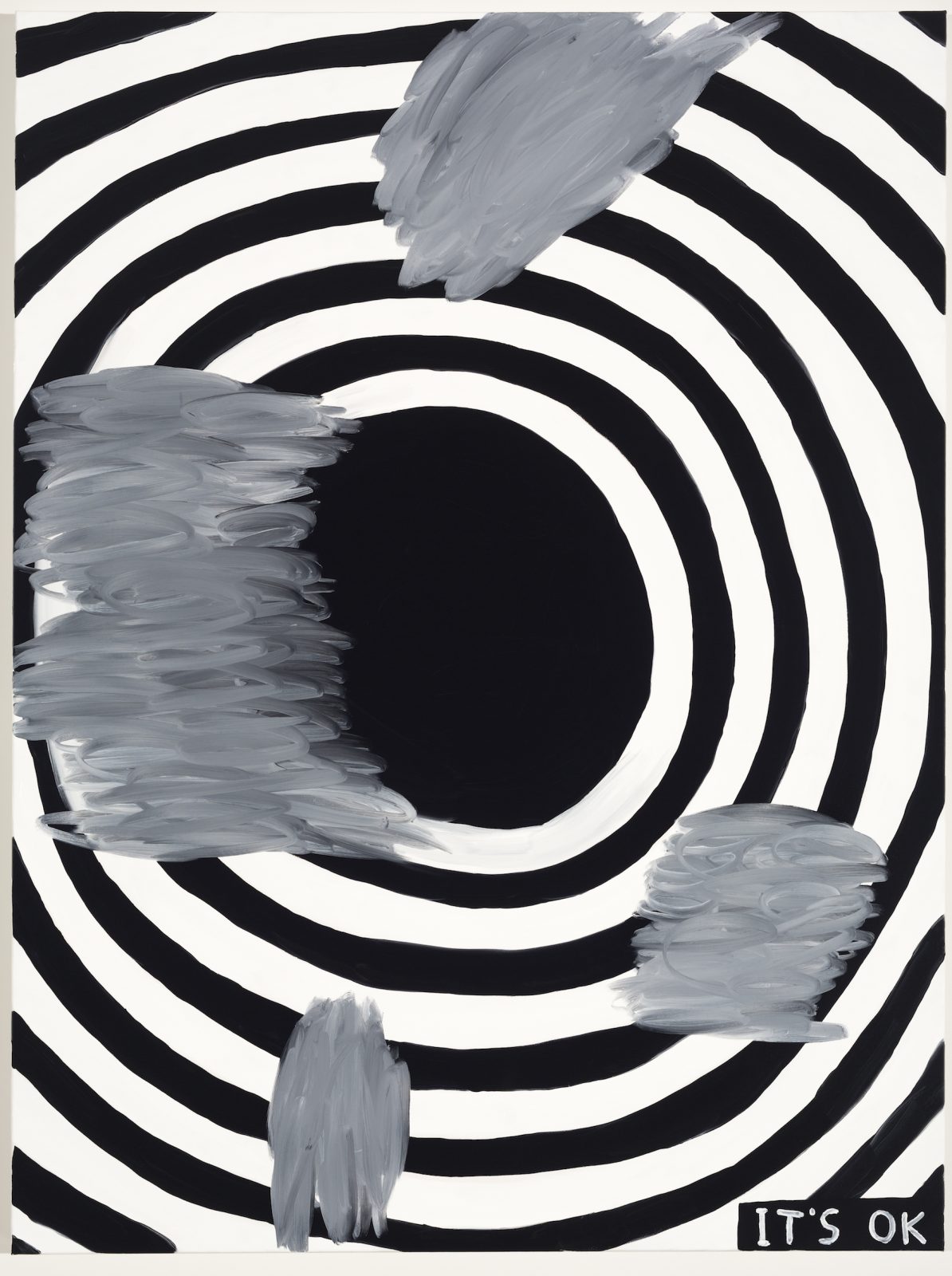
oil on canvas
1600 x 1200 mm
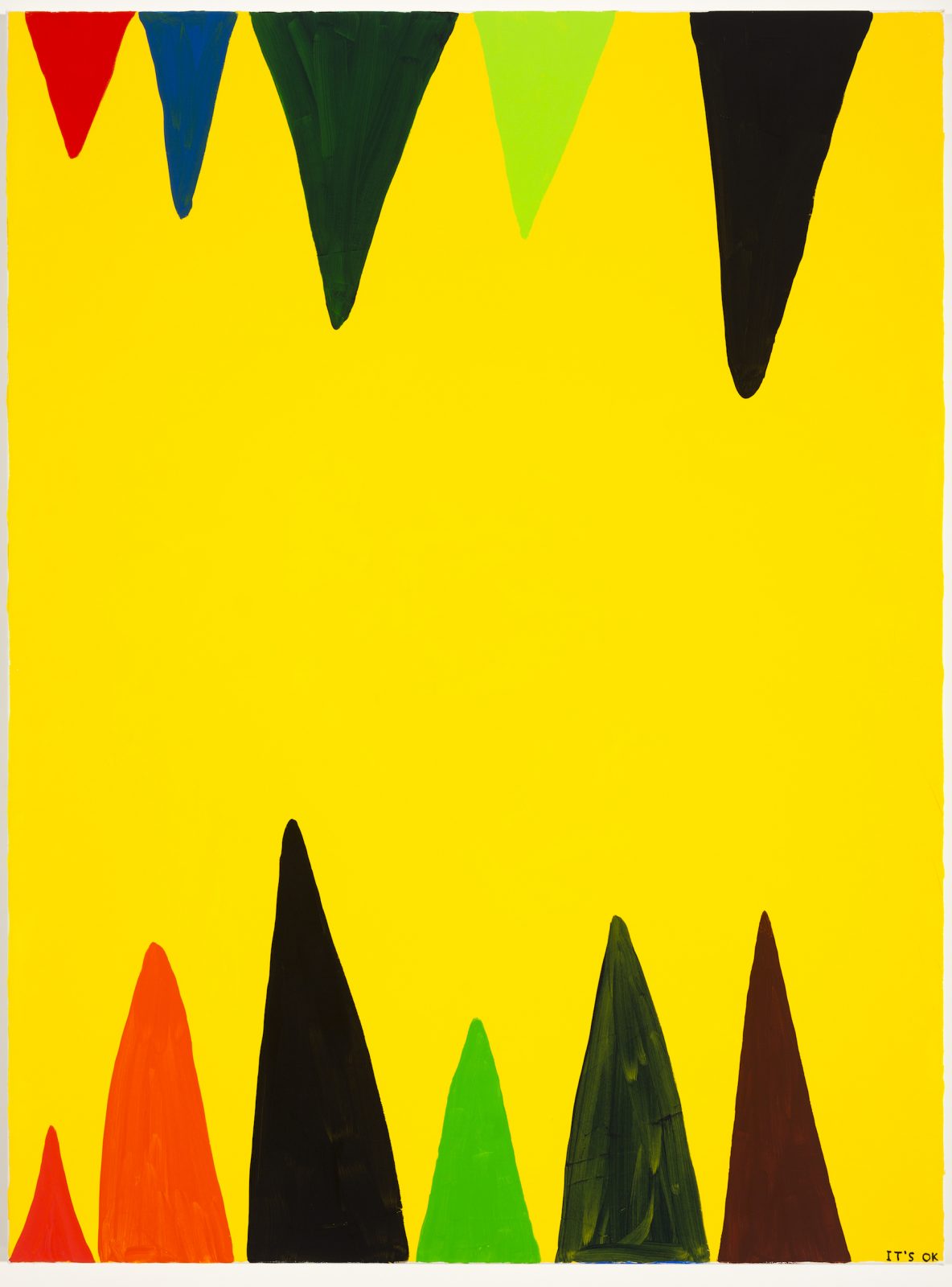
oil on canvas
1600 x 1200 mm
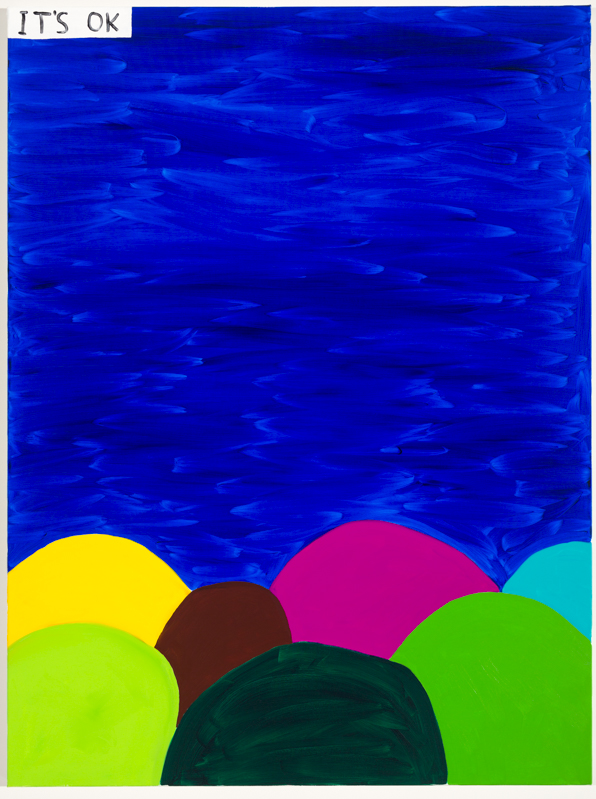
oil on canvas
1600 x 1200 mm
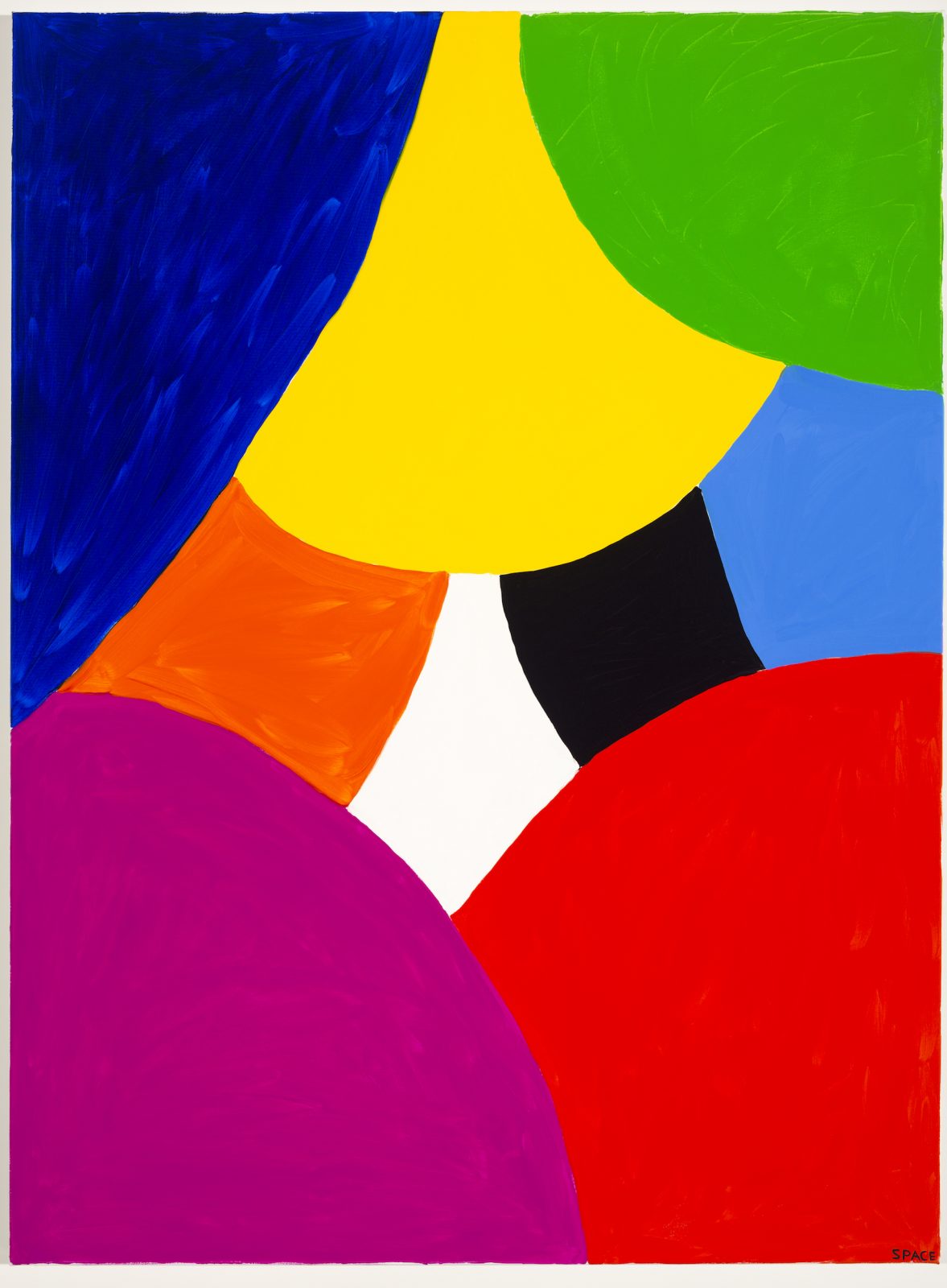
oil on canvas
1600 x 1200 mm
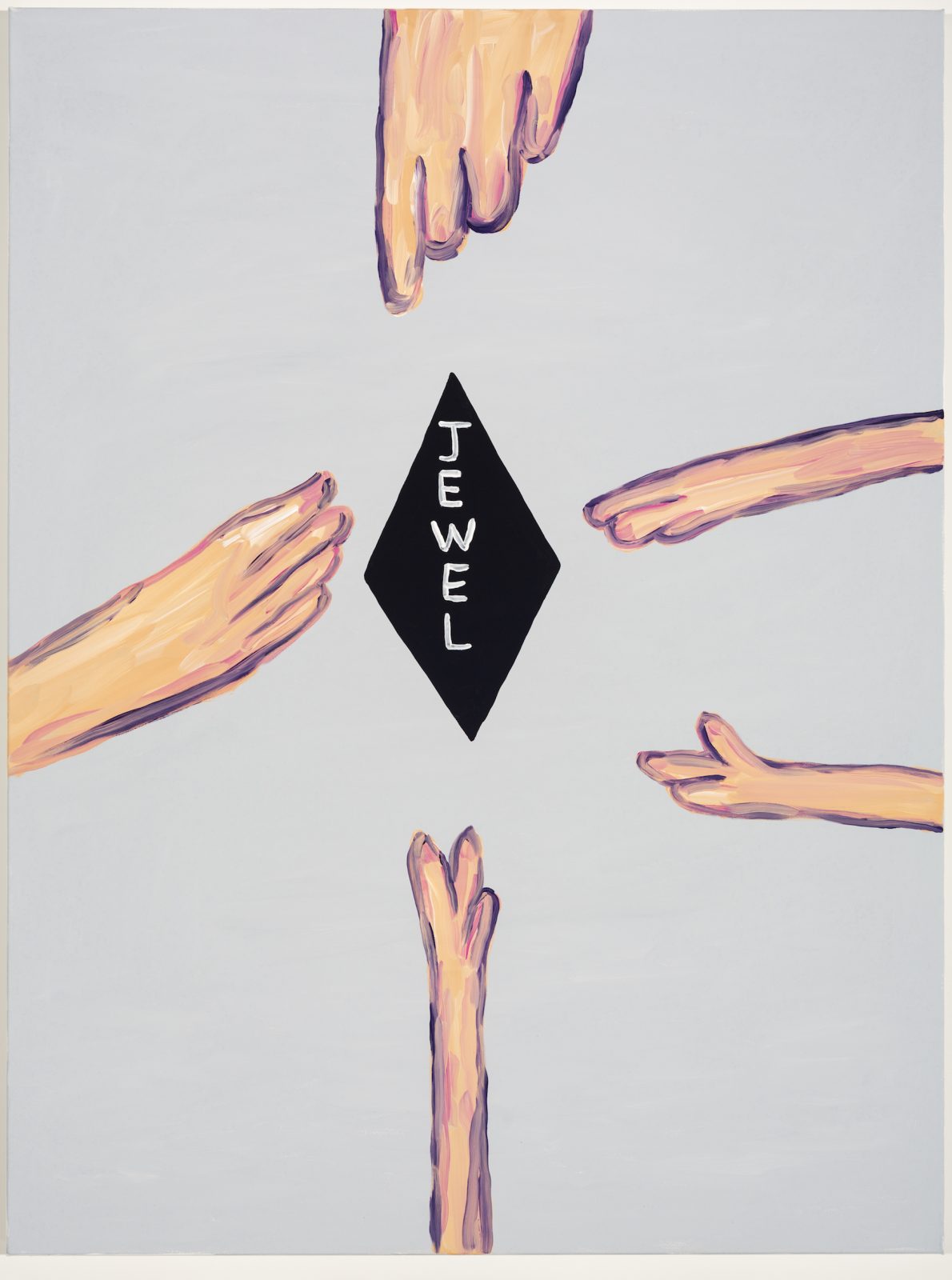
oil on canvas
1600 x 1200 mm
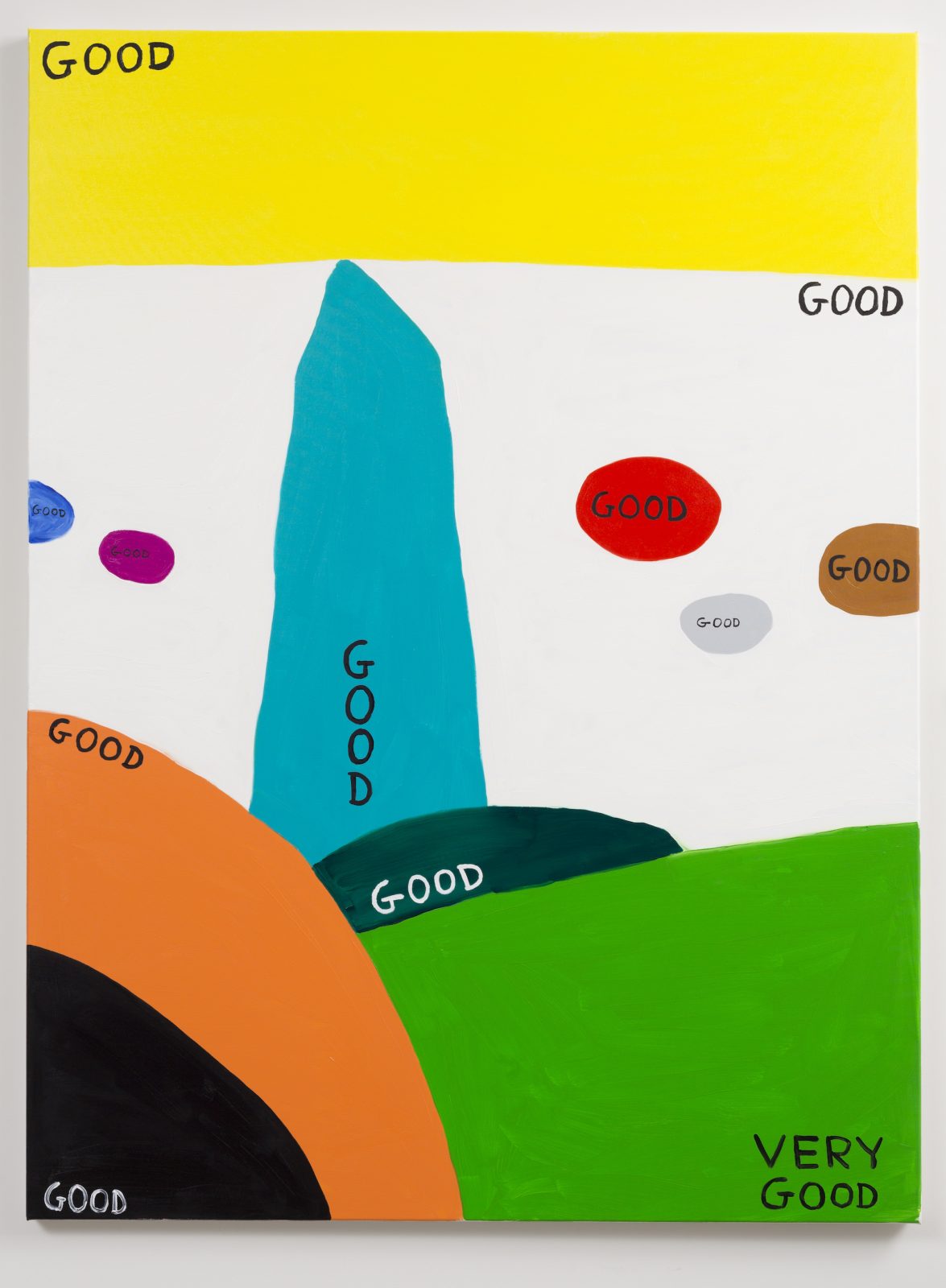
oil on canvas
1600 x 1200 mm
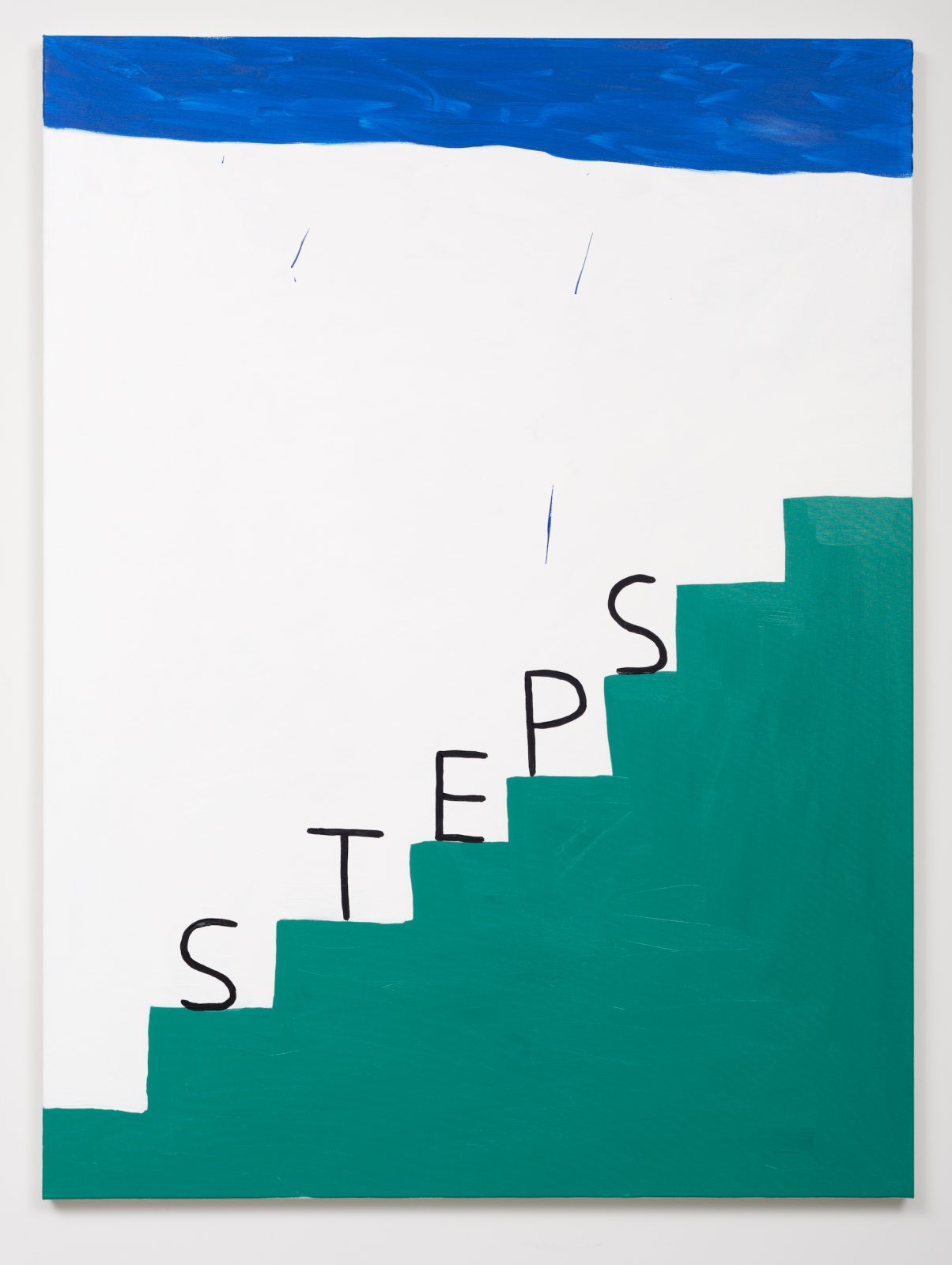
1600 x 1200 mm
